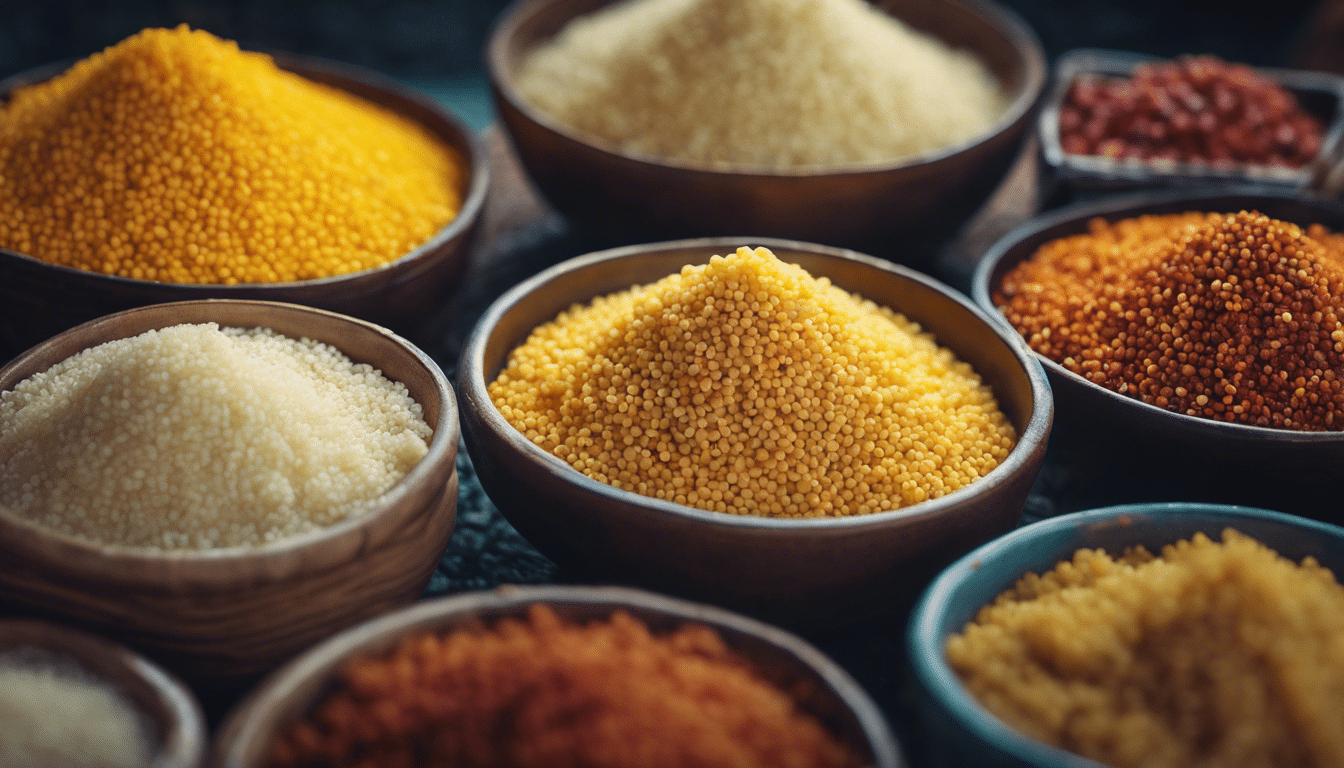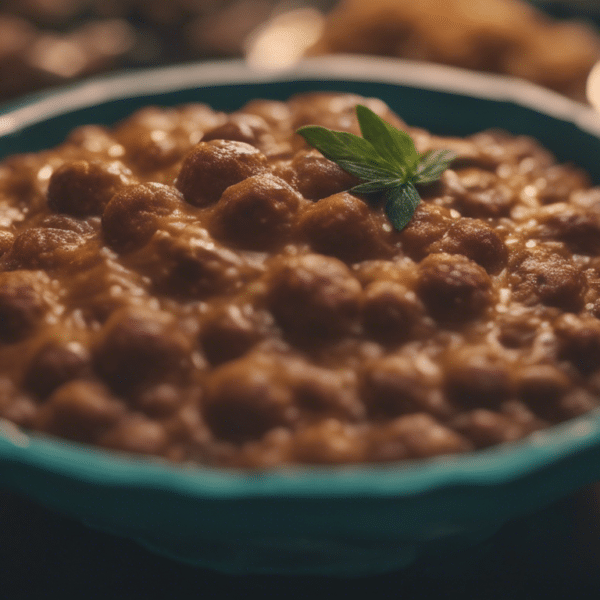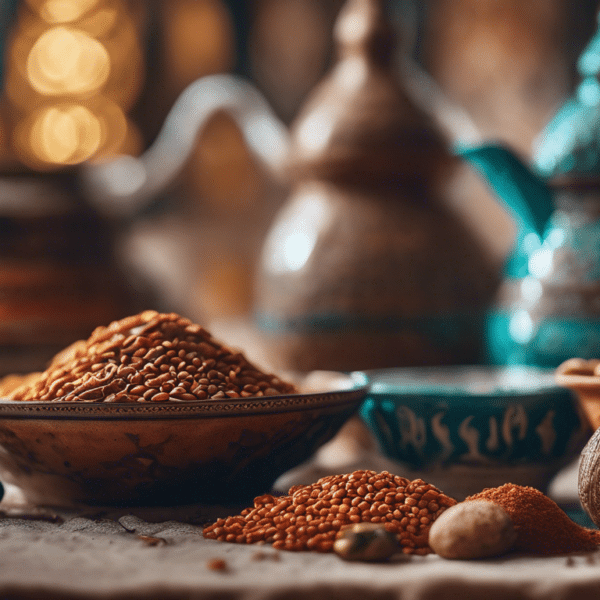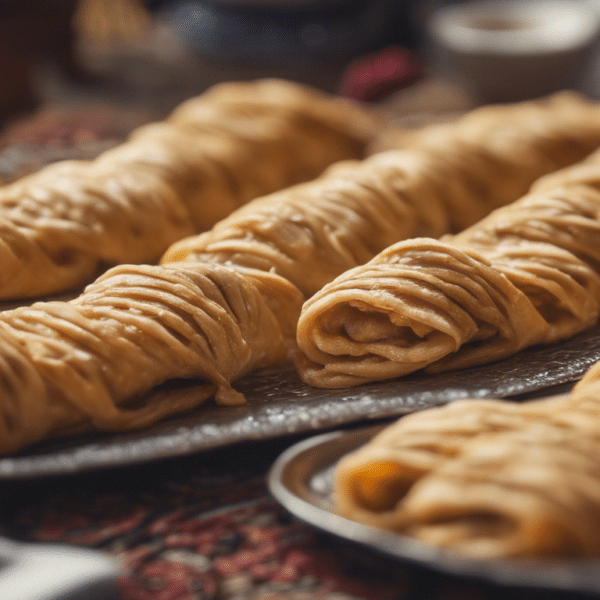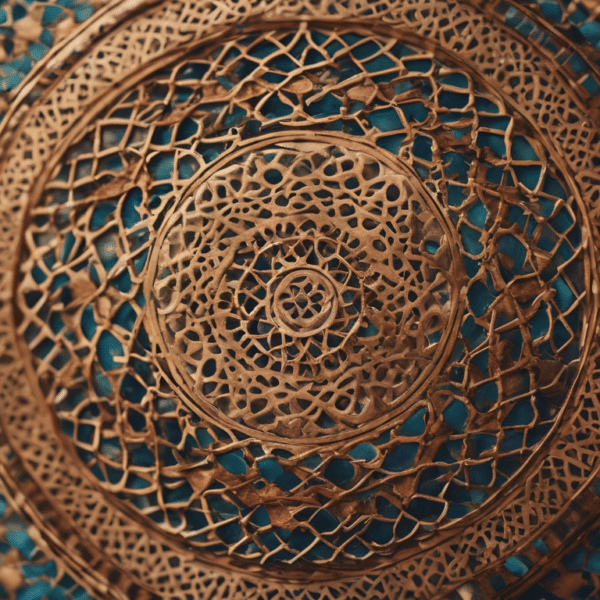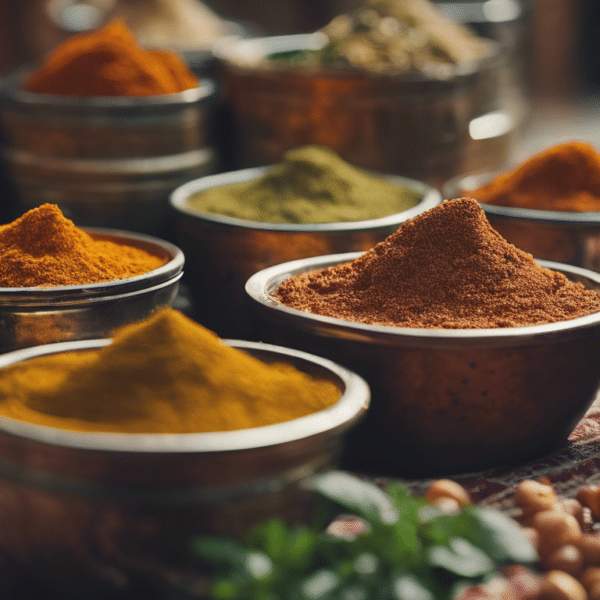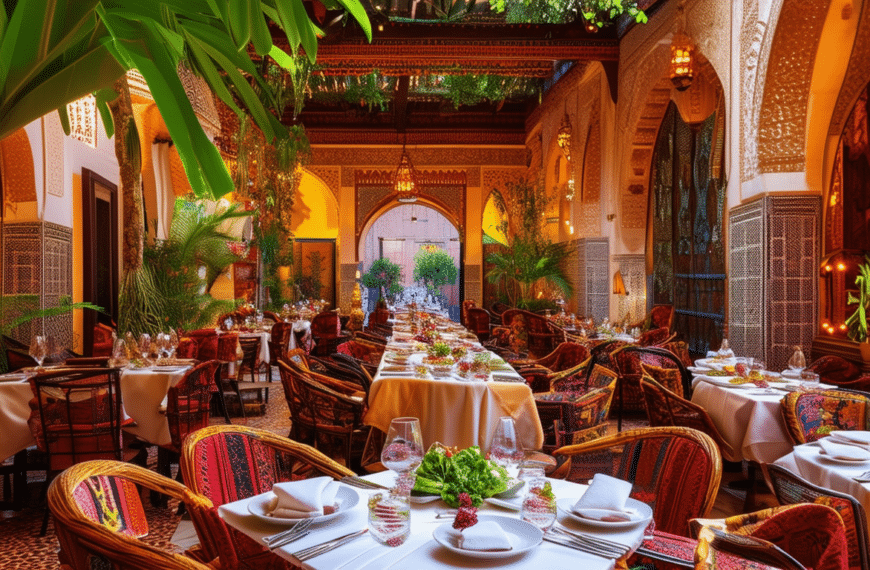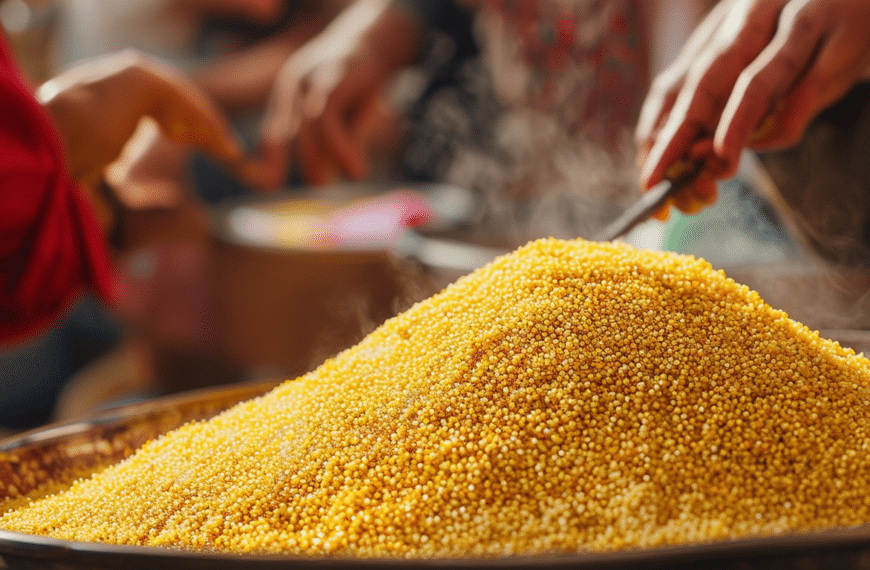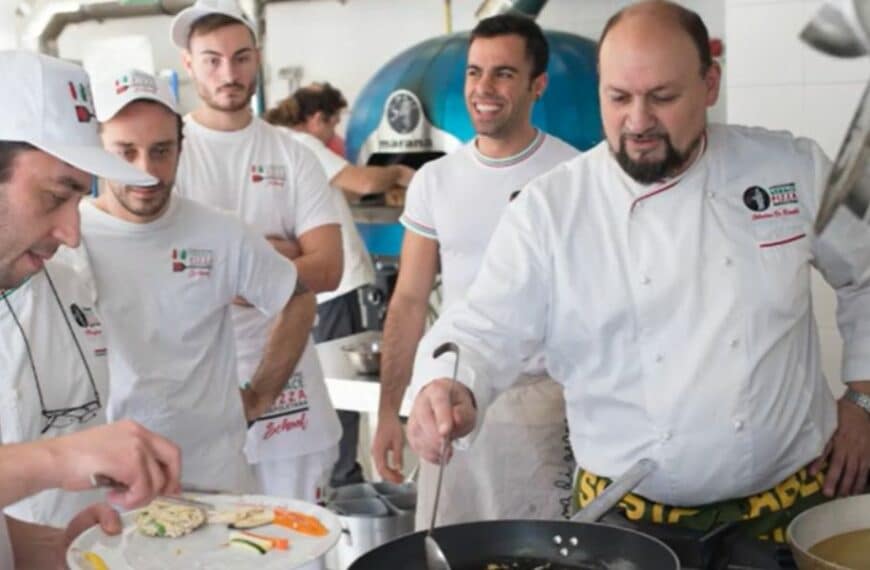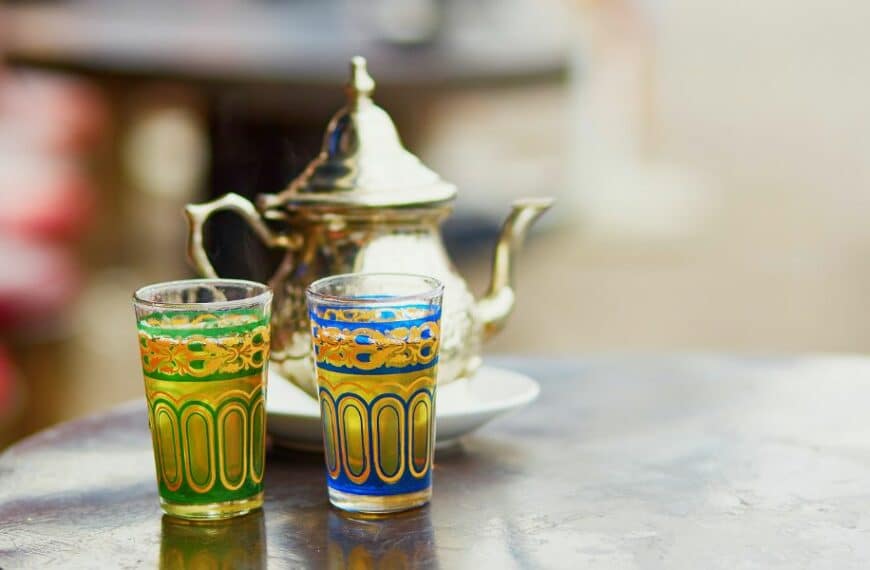The Basics of Traditional Moroccan Couscous
Moroccan Couscous Variations: The Quintessence of Comfort Food
In the heart of Morocco, amidst the bustle of its vibrant souks and the calm of its sun-soaked terraces, the humble couscous grain holds the essence of both nourishment and festivity. This staple dish, steeped in tradition and history, has embroidered the Moroccan gastronomic tapestry with its various forms, each telling a different tale of the land’s rich culture. Drawing the curtains back, let us immerse ourselves in the mesmeric world of Moroccan couscous variations, exploring not merely its culinary basics but diving into the soul of Moroccan festivities.
The Alchemy of Cooking Perfect Couscous
The preparation of traditional Moroccan couscous is not so much a recipe but an intimate dance with steam, semolina, and soulfulness. It all begins with selecting the right type of semolina, often a high-grade, medium-sized grain, which will readily soak up the flavors yet retain its quintessential fluffy texture. A harmonious steaming process over a spiced broth is essential, often involving several rounds of gentle steaming to ensure each grain is separate and sumptuously soft. This is where patience melds with technique to create a base for countless variations.
A Symphony of Couscous Variations
Moroccan gastronomy doesn’t shy away from variety, and couscous is its playful canvas. Every region, every chef adds a personal touch to the dish that carves out a unique spot in the culinary landscape. From the inclusion of hearty meats like lamb or chicken, to the colorful procession of vegetables like zucchini, carrots, and turnips, the variations are boundless. Beans, raisins, and nuts might waltz in for those seeking an extra layer of texture and depth—or for an ode to the ocean, seafood might crown the steaming mound of semolina.
- Vegetable Couscous: A rainbow of vegetables, sometimes seven, symbolizing the seven days of the week, are simmered alongside the grains.
- Sweet Couscous: Often a dessert variant, laced with cinnamon, sugar, and butter, embellished with dates, almonds, or pomegranate seeds.
- Berber Couscous: A robust, earthy version which often includes a medley of root vegetables and a simpler seasoning, reflecting the no-frills but hearty cuisine of the Berber people.
The Cultural Tapestry Woven by Couscous
As with most dishes seeped in legacy, Moroccan couscous goes beyond sustenance—it is a ceremonial participant in life’s markers. Friday’s couscous carries the gravitas of communal gatherings and family connections, often accented with tfaya, a seductive caramelized onion and raisin condiment. During the celebration of Eid, couscous might elevate its presence with richer ingredients, larger cuts of meat, and a garnish of celebration.
Mastering the Steamed Delicacy
To master the subtleties of traditional Moroccan couscous, one’s culinary intuition must be refined through practice, as the grains are perfumed and seasoned with an artist’s restraint or generosity. The secret to perfection lies as much in the wrist that fluffs the grains as in the selection of spices. Saffron, cinnamon, ginger, and turmeric form a part of the spice palette, each contributing to the dish’s soul-stirring aroma and vibrant appearance.
Pouring the Heart into Moroccan Couscous
Ultimately, creating a variation of Moroccan couscous is less about following rigid recipes, and more about pouring one’s heart and story into the pot. Whether it’s honoring the simplicity of vegetables or indulging in the luxury of caramelized onions and saffron, the variations of this dish give voice to both the countrysides and its bustling cities. The seductive steam that rises as the lid of the couscoussier is lifted carries tales as old as the Atlas Mountains themselves, beckoning a sensory journey that transcends mere taste.
Lofty grains neatly piled, a medley of seasonal produce, and the twinkling of spices are just the starting points for your exploration. Whether through personal experimentation or guidance from aged recipes, one thing remains certain—Moroccan couscous is not merely a dish, it’s a nuanced language of warmth, an invitation to come together, and a celebration of life’s boundless flavors.
Exploring Local Ingredients and Spices
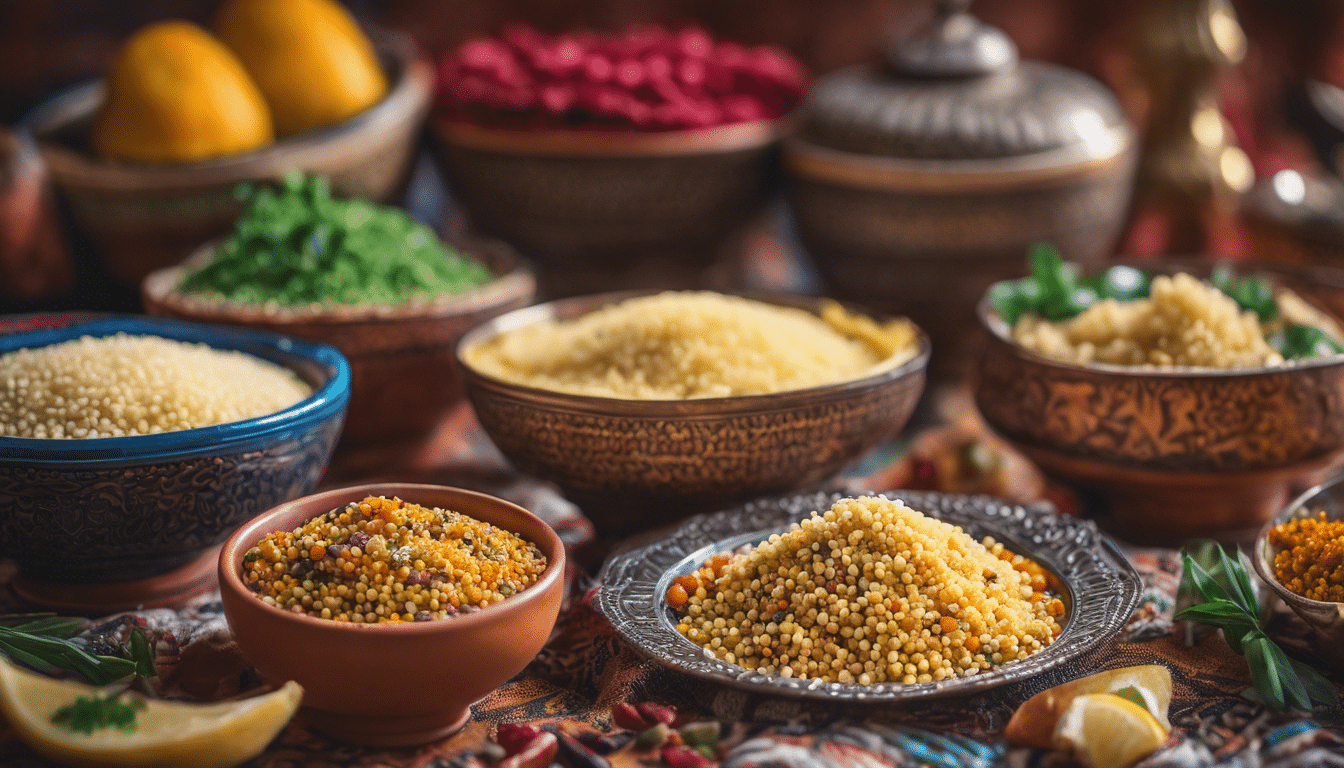
Moroccan Couscous Variations: A Symphony of Flavors
Moroccan couscous, a magnum opus of the culinary world, is a vibrant mosaic tessellated with regional ingredients and bespoke spices. Each grain, a carrier of tradition; every bite, a narrative of soil and toil. Here, in the heart of North Africa, couscous does not merely sit as a dish but reigns as an epicurean experience, a rhapsody of flavors waiting to unfold.
The Art of Selecting Local Ingredients
To fathom the versatility of Moroccan couscous is akin to understanding the hues of the local terroir. The variations stem not only from the spices employed but also the choice of ingredients that reflect the very essence of each region.
In the snow-kissed Atlas, one might find the grains sharing a plate with the earthy depth of wild mushrooms. Nearer to the coast, a seafood couscous, brimming with the ocean’s bounty, graces the tables. Further south, the oases bestow their sweet dates and almonds, enriching the couscous with textures that dance between succulent and crunchy. Tucked in the heart of the city, avid craftsmen blend in saffron’s luxurious gold and the plump grains of this quintessential fare.
The Alchemy of Spices
To speak of Moroccan spices is to recite a sonnet of culinary enchantment. The time-honored ras el hanout, with its labyrinth of flavors—cardamom, cumin, clove, and cinnamon—conjures up the magic in each variation. The cook’s hand might drift towards a pinch of paprika for warmth, or perhaps a whisper of turmeric for an earthy kiss.
The secret, my dear gourmands, lies in the melange. A judicious hand twirls the spice grinder, releasing fragrant clouds that settle upon the steaming couscous with an air of anticipation. Here lies the spellbinding essence of terroir—the local spices bringing forth the character of Moroccan lands, a treasure trove laid upon your plate.
Embarking on a Culinary Voyage
Venture into the heartland, and the winds will tell tales of couscous perfumed with saffron, studded with jeweled pomegranate seeds, echoing the serenity of the setting sun over saffron fields. Traverse the bustling medinas, and your palette encounters the robust zest of tomato-based couscous, alive with the vibrancy of bustling souks.
Daring souls may seek the sweetness in the savory—a flirtation of figs and honey, an ode to the caravans that once tread across these lands, bearing gifts of sweetness.
Couscous: The Canvas of Morocco
Regard the humble pot in which the couscous simmers—a cauldron of dreams. Each grain, once steamed to perfection, becomes a canvas awaiting the painter’s stroke. Here, the local vegetables—carrots, zucchini, turnips, and chickpeas—congregate in a communal ballet of nourishment.
The final composition—a Moroccan couscous variation that speaks of the land, of the energy and passion of its people, a dish not simply consumed but celebrated.
So, as you embark upon this expedition of tastes and tales, remember that each grain of couscous is more than sustenance; it is a story, a testament to Morocco’s kaleidoscopic culture. Embrace the journey, savor the spice-laden winds, and let your soul dance to the rhythm of Moroccan flavors.
Cooking Techniques for Perfect Texture
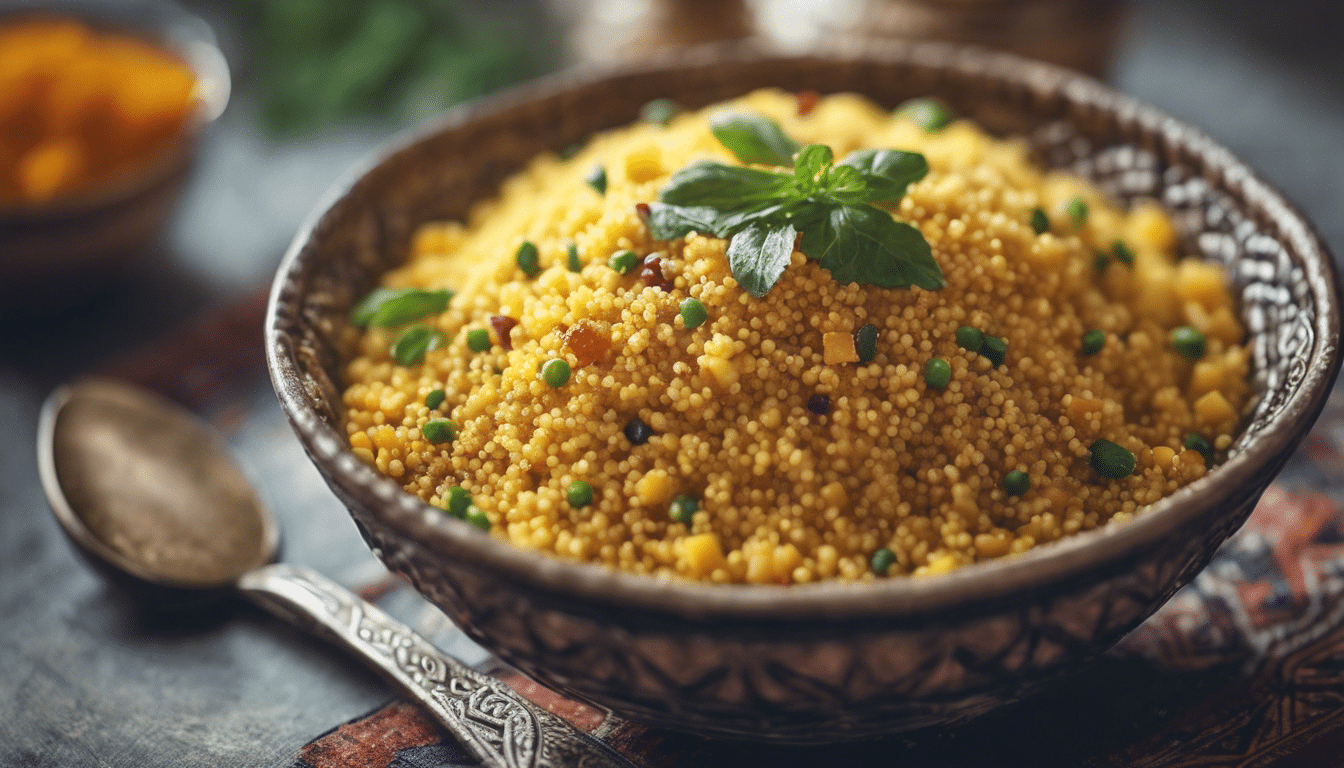
Moroccan Couscous Variations: Embark on a Culinary Journey
In the heart of a bustling souk or within the tranquil walls of a Moroccan riad, one can savor the quintessential dish of North Africa – the versatile couscous. This staple, made from tiny grains of durum wheat semolina, is not just food; it’s a canvas for the palette of rich flavors that is Moroccan cuisine. A harmonious blend of sweet, savory, and aromatic spices creates a symphony of taste, mingled with a medley of meats, vegetables, and sometimes, an intriguing addition of fruit, bestowing upon this dish its global culinary acclaim.
The Art of Steaming: Achieving the Perfect Texture
The secret to the perfect couscous lies not only in its ingredients but also in the art of its preparation – particularly the steaming process. Illustrious chefs and Moroccan home cooks alike, often swear by the traditional couscoussière, a two-part steamer which gently cradles the couscous as it cooks to perfection. The key is in the steam’s embrace, never rushing, always coaxing the couscous grains to swell to just the right plumpness – tender but with a bite, separate and never soggy. Here’s an insider’s take on achieving that elusive texture:
- Begin with a ritual: Rinse your couscous in cold water and let it dry slightly. This is the prelude to perfection.
- Generously salt your boiling broth or water in the base of the couscoussière for the seasoning to infuse through steam.
- Place your couscous in the steaming basket without compressing, allowing room for each grain to dance in the steam.
- Patience is your ally. Steam once until the couscous has absorbed the moisture, remove and fluff, then return for a second steaming session, and if daring, a third, for the most luxurious texture.
Flavor Infusion: Moroccan Couscous Variations
Moroccan couscous is not merely a dish; it’s a landscape of flavors, each variation painting a different picture of land and tradition. The classic Couscous Tfaya, embellished with caramelized onions and raisins, whispers tales of sweetness intermingled with the savory depth of the couscous. The robust Seven-vegetable Couscous embodies the bountiful harvest, brimming with the garden’s best and spiced with ras el hanout for earthy complexity. For those with a penchant for the sea’s treasures, the Seafood Couscous with its generous helping of fish and shellfish captures the essence of coastal feasts.
Let’s not forget, each of these variations demands its own distinct combination of spices – cumin, saffron, and ginger alight upon the grains like rain, imparting their intoxicating aromas and savor. To truly master Moroccan couscous variations is to understand the role of each spice, each vegetable, and each cut of meat in creating a harmonious whole.
Unleashing Creativity: Personal Touches to Traditional Recipes
While tradition dictates certain recipes, the canvas of couscous welcomes the strokes of personal interpretation. Perhaps a hint of harissa for those who favor the fiery or a sprinkle of freshly chopped herbs for a burst of green vitality. The allure of Moroccan couscous lies in its adaptability – a springboard for innovation, a base for culinary exploration, and a comforting hug in the guise of a grain. So, embark on this journey, let the whisper of the couscous steam guide you through markets of flavor, and at the end of your quest, you’ll have a dish that not only satisfies hunger but also tells the story of your own culinary adventure.
In Moroccan cuisine, the invitation to the table extends beyond mere sustenance. It’s an invitation to experience history, family, and love, one spoonful at a time. And through learning about the cooking techniques for perfect texture and the myriad of variations, one not only tastes but also partakes in the Moroccan way of life.

